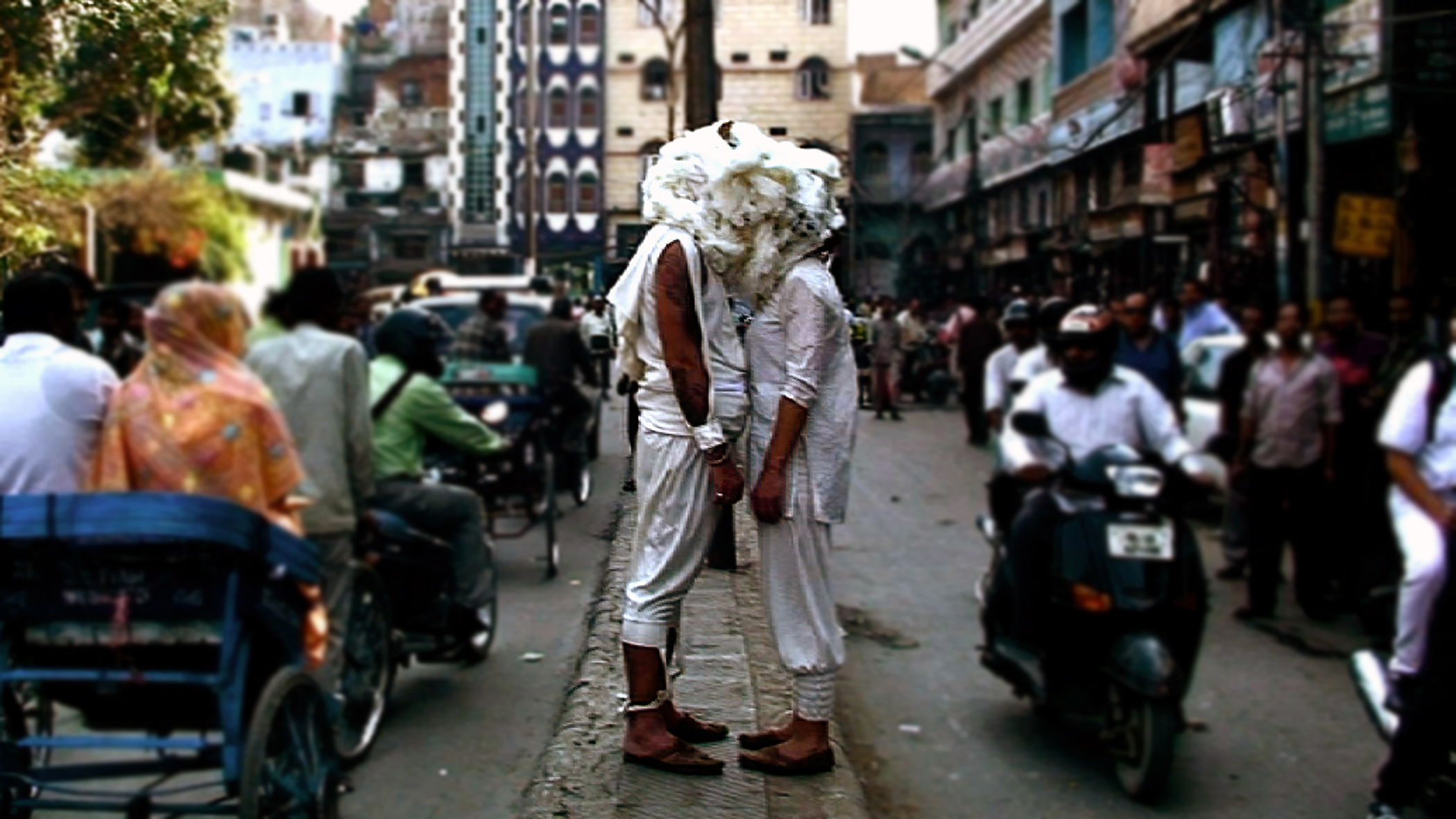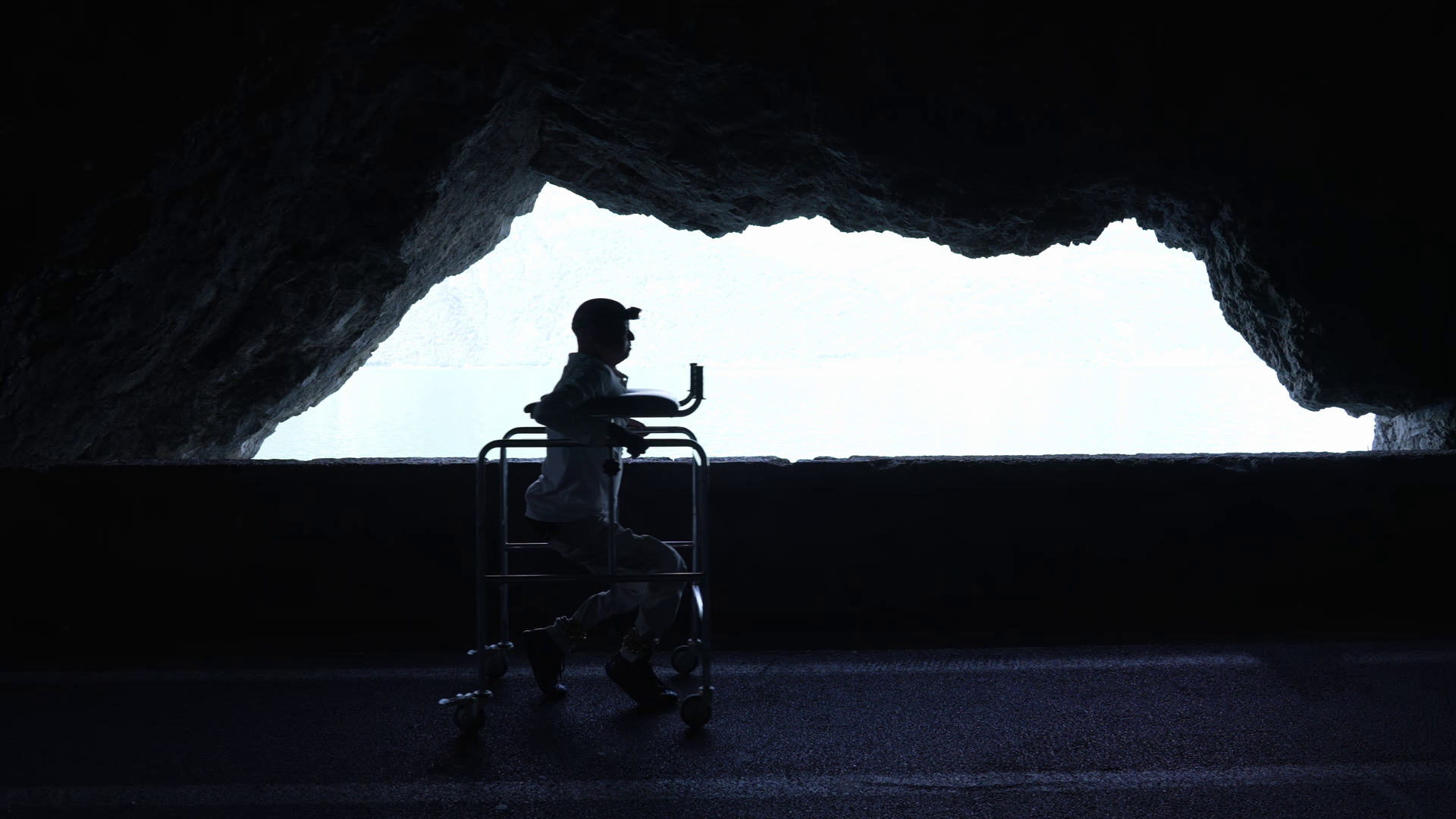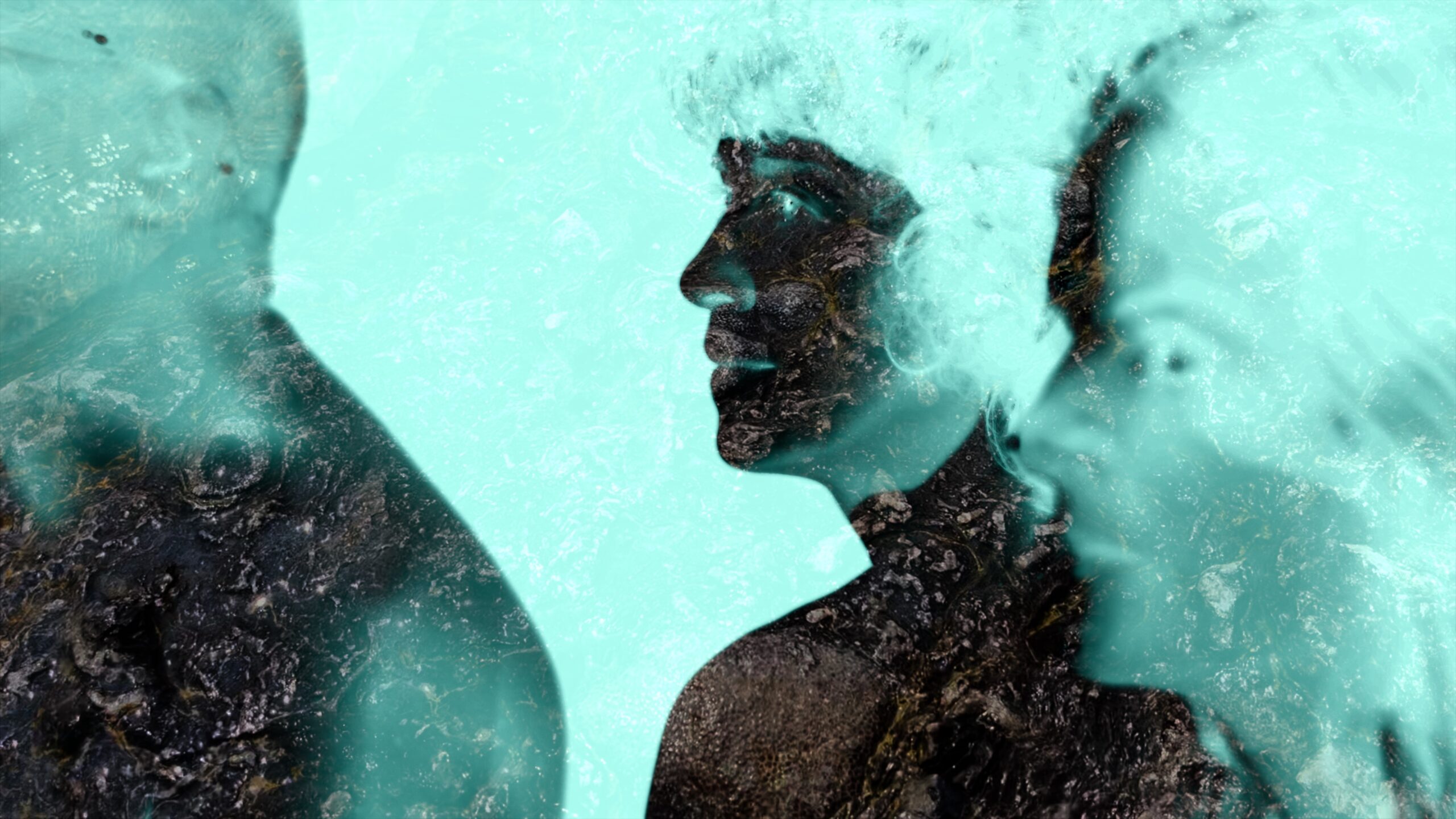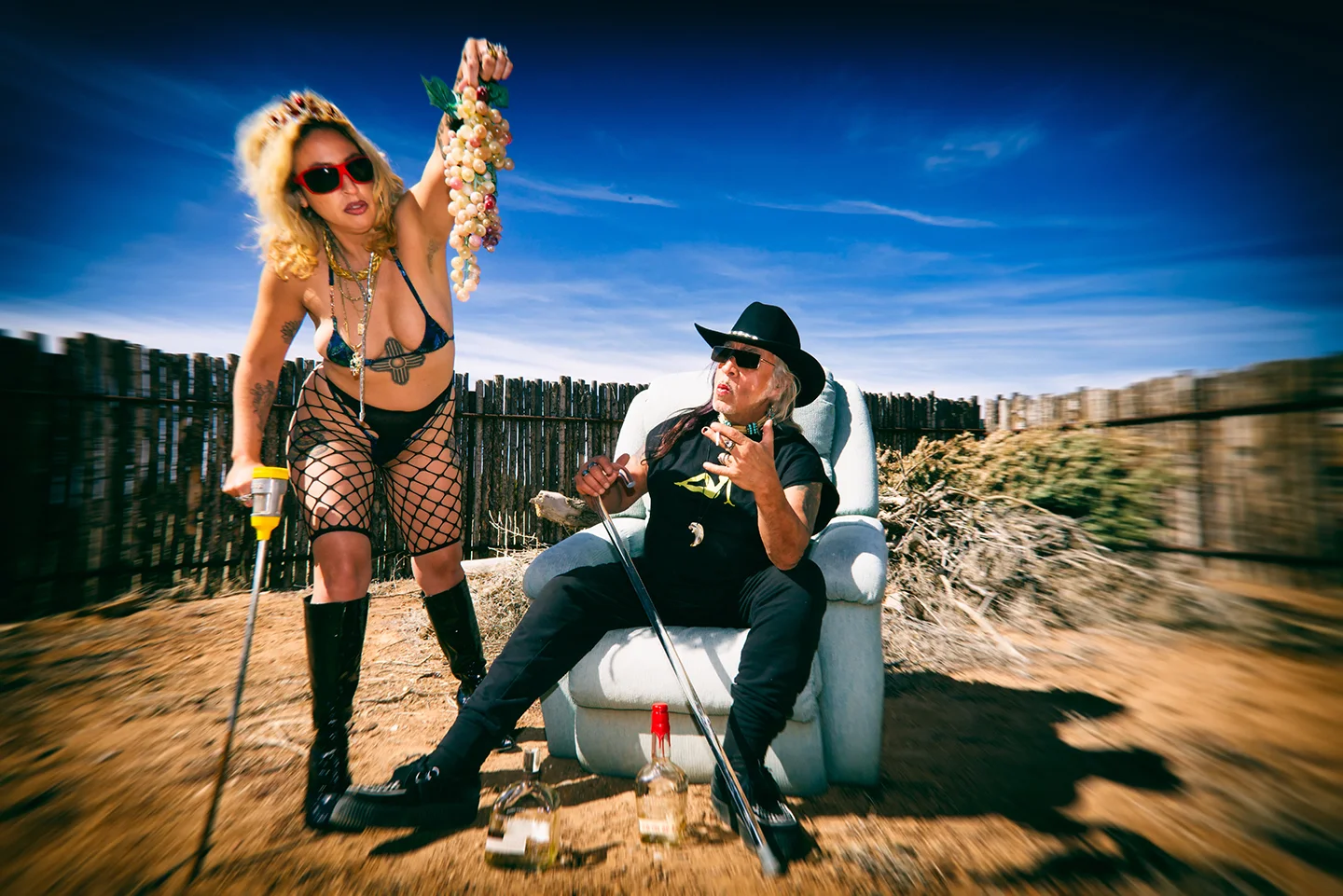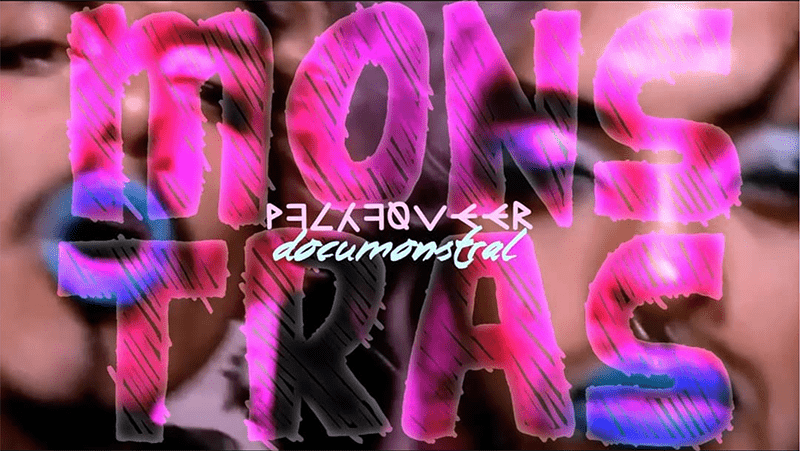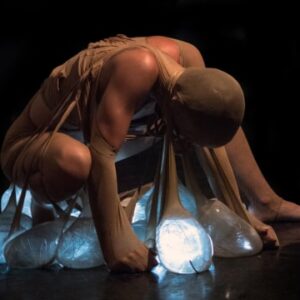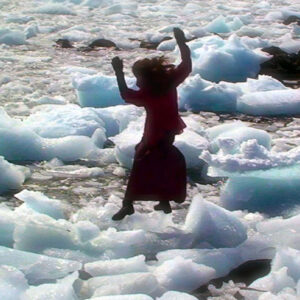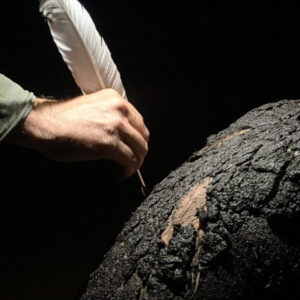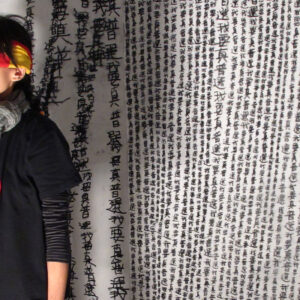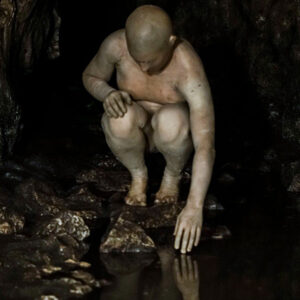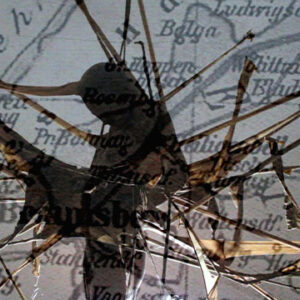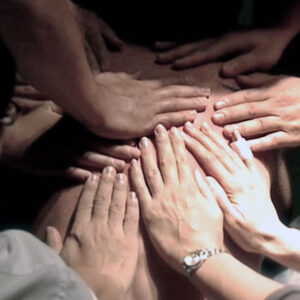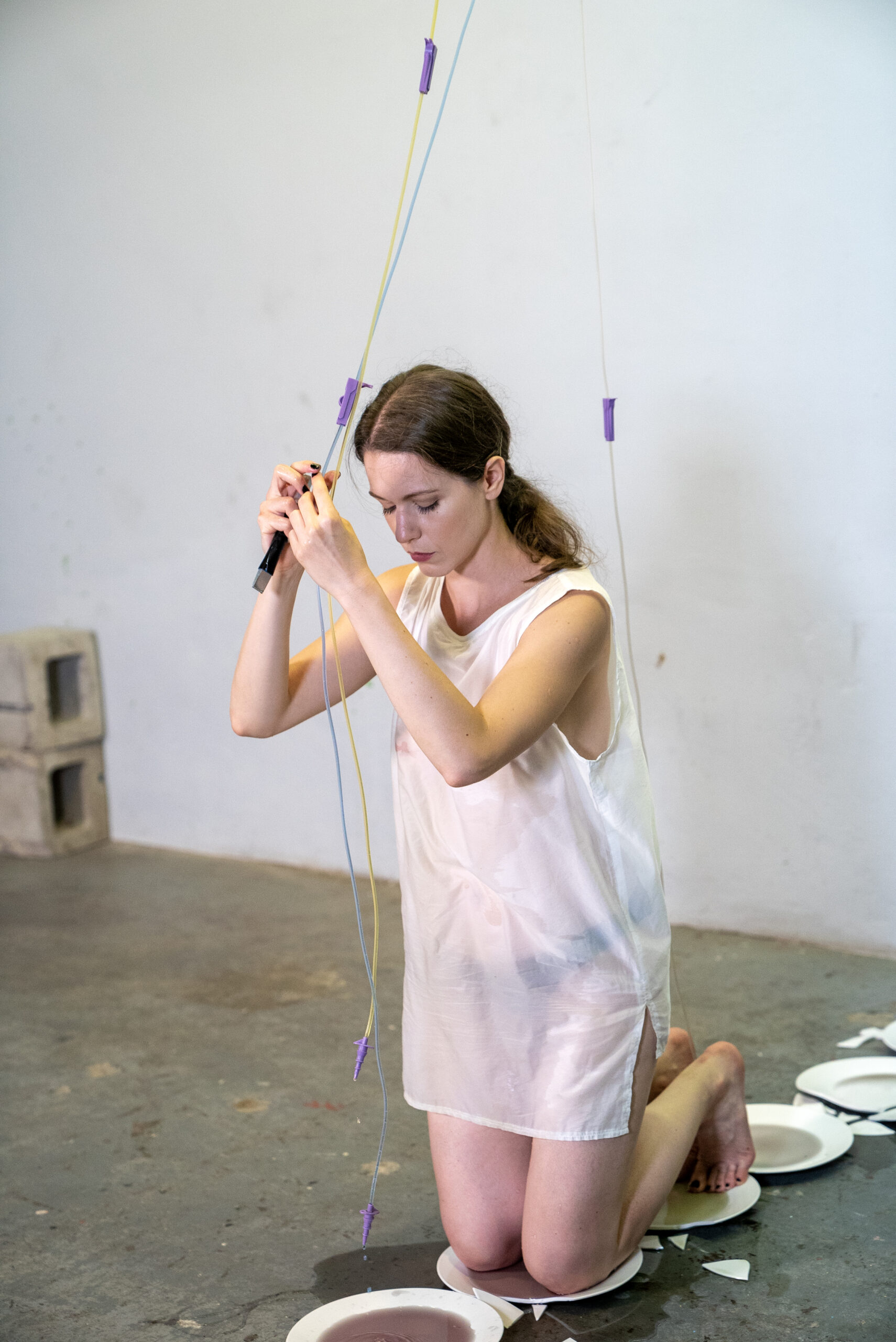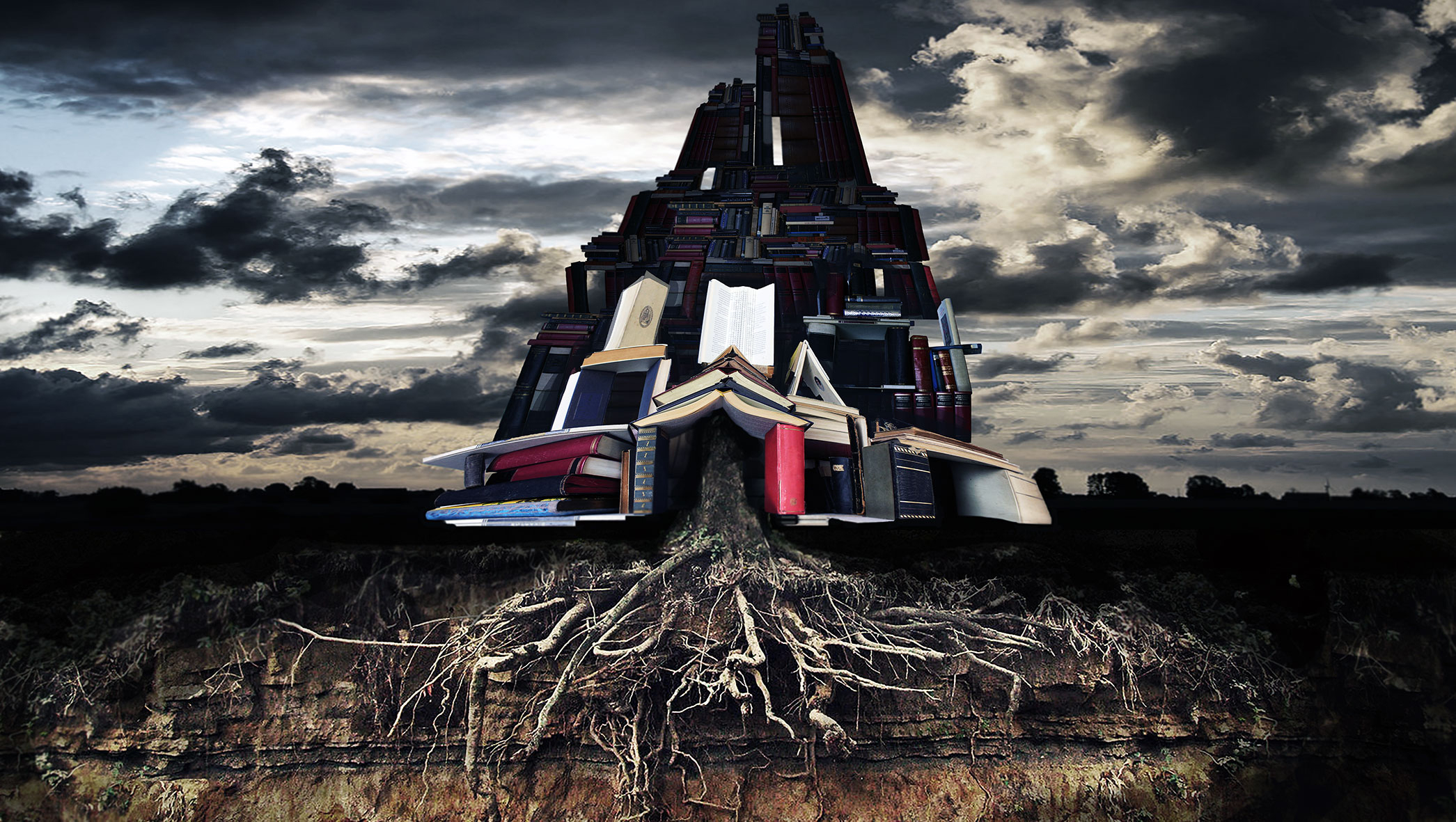Performance art video
Community
Artists first
Every time you watch a video on demand, PAV enables you to support directly the artist
A platform to explore performance art On video
2010 VestAndPage inspired a new experimental and ecological performance-based film production method. Theirs are complexly layered film works that move in the realms of magic realism, through which they examine the evolution from original documentation of performative acts toward contextual, non-linear storytelling. Their films are produced on-site as direct and visceral performances, which are not rehearsed or staged and happen in response to extreme environments. Stenke and Pagnes usually work alone or with a small team of collaborators and use minimal non-invasive equipment. In a constant search through a reflexive mode for new images of interior landscapes, they consider the world the studio and host: they do not go to a place to tell a story – they go to a place to find its story. To perform in these thresholds where the visible blends with the invisible, they have developed a psychogeographical method to activate memory and uncover layers of information and imagery stored in the human body, psyche, spirit, and non-human environment. Since then, they have produced three feature-length films, a silent film, a trilogy of shorts, two shorts and numerous interview series and art videos. In 2020, they published “Poetics of Relations: Manifesto on Performance-Based Filmmaking”.
VestAndPage’s first film trilogy, “sin∞fin”, presents three medium-length art films of collaborative performances in epic locations worldwide. Teetering between the real and the visionary, these films feature the artists undertaking surreal and ephemeral acts. Amplified by the unfamiliar environments, the performances reflect on universal human experiences such as altruism, partnership and the transient nature of existence. Episode #1, “Performances at the End of the World,” set in Patagonia and Tierra del Fuego (2010), thematically focuses on the microcosm and intimate domain of the individual and the couple. Episode #2, “Performances at the Holy Centre,” located in Uttarakhand, Delhi & Kashmir (2011), highlights the topic of society and religion. The concluding episode, “Performances at the Core of the Looking-Glass,” filmed in Antarctica (2012), engages through narratives on nature and the universe with the macrocosm. The artists’ actions evolve in direct response to the surroundings in which they find themselves. The camera records what possible spectators would view, yet the movie is not a documentary. Instead, the works are pieced together organically, forming an autonomous story generated through the process of making it to be read by each viewer in a personal way.
An abandoned NATO base built during the Cold War on a mountain pass linking three valleys to each other in north Italy. Old business lines, passageways and other morphological peculiarities. Sound waves, cymbal vibrations and fake animal puppies mark an imaginary sense of the time passing. The landscapes around take on ascetic and fleeting colours. Those zones that were once controlled from now on are a way out. The senses conjugate an escape trajectory from the body to the sky. The video consists of three chapters. Each of them begins with a description of emotions.
The story develops through symbols concerning identity, presence, existence and condition. Documentary scenes alternate with anatomical frames. Keeping direction straight on, the protagonist discovers new territories—nowhere is everywhere.
He trespasses and tracks them down with his orthopaedic devices, migrating from a tunnel’s darkness to the light, like a miner who reaches the surface after spending endless moments in the depths of the earth where the rumble of metal makes its way through the rocks.
Becoming Fossil invites viewers to become time travelers through kaleidoscopic sensations of touch and elemental change. Join in and travel backward and forward in time around our small precious planet. Ride the waves of climate emergencies and experience both extinction and resiliency in human and more-than-human touches.
Fed up with the big city life, the pandemic, ecocide, and generalized violence, in August of 2022, Gómez-Peña and Balitrónica ran away to the gorgeous desert of Roswell, New Mexico, the oldest desert in North America. The RaiR Foundation generously housed and supported their strange filmmaking process during their stay.
Gómez-Peña and Balitrónica invited artists EmaLee Arroyo, Sarah Stolar, Jess Fitz, and Kate Turner to make a performance art film. There was no script or film score, but rather drafts of performance rituals, a bunch of found props, handwritten poems, and some equipment to play with. The word “alien” was on their mind. What follows are excerpts of the material created during this residency.
Love, insignificant, this, insignificant, body, insignificant, powerless, insignificant, never, insignificant, democracy, insignificant, pain, insignificant, life, insignificant, shit, insignificant, fuck, insignificant, artist, insignificant, I, insignificant, mediocracy, insignificant, deleted, insignificant, self, insignificant… – Franko B
Milk & Blood is a performance held by Franko B on July 27, 2015, at Toynbee Studios (London). It appropriates the aesthetics of boxing for 32 minutes, rounds of mental and physical endurance during which Franko explores themes of pain, eroticism, revulsion, ecstasy and masculinity. The performance becomes a metaphor for social struggle and the ability to overcome it.
Internationally recognised as a pioneering performance artist, Franko B uses both his body and a punching bag as democratic tools, embodying notions of the personal, political and poetic. In this unprecedented performance, Franko B returns to the seminal aesthetics of the wound. Milk will bleed. He says: “Looking introspectively, I can truly say that I have successfully wrecked my career as a ‘bleeding’ artist and continued my lust for life thanks to language.”
In this documentary, the Pacha Queer movement, a dissident, rebel, counter-cultural, and “self-festive” community based in Quito, Ecuador, uses performance art to campaign for social, political, and sexual liberation. Monstras has been awarded as best film at Cine+Perfo 2022.
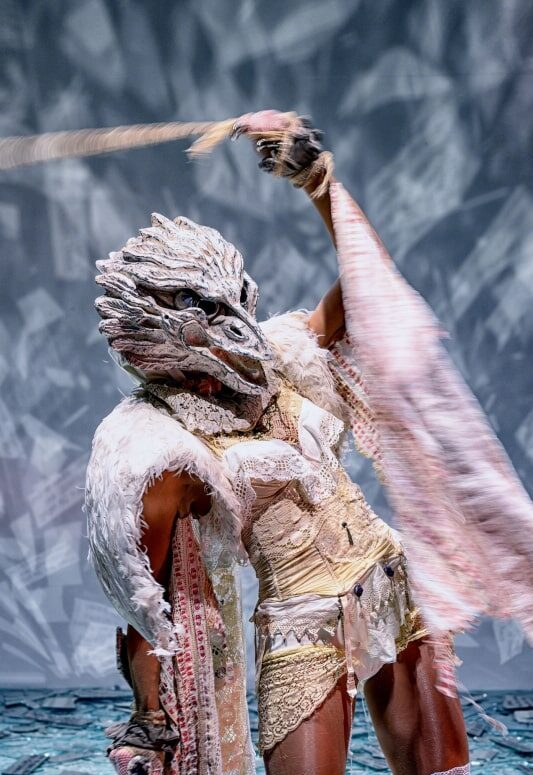
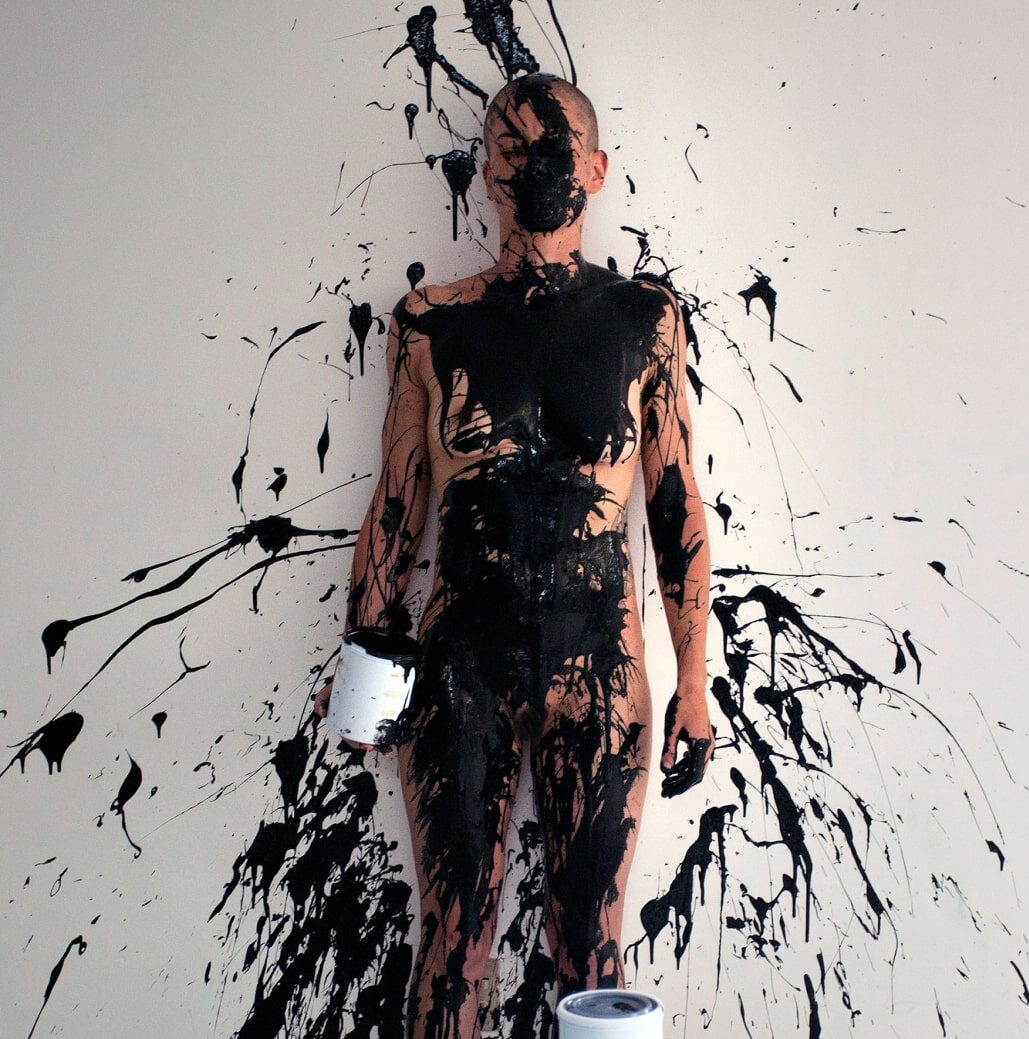
mission
PAV operates as a cultural community to host, foster and disseminate performance art videos to raise awareness and respond to contemporary emergencies.
Topics
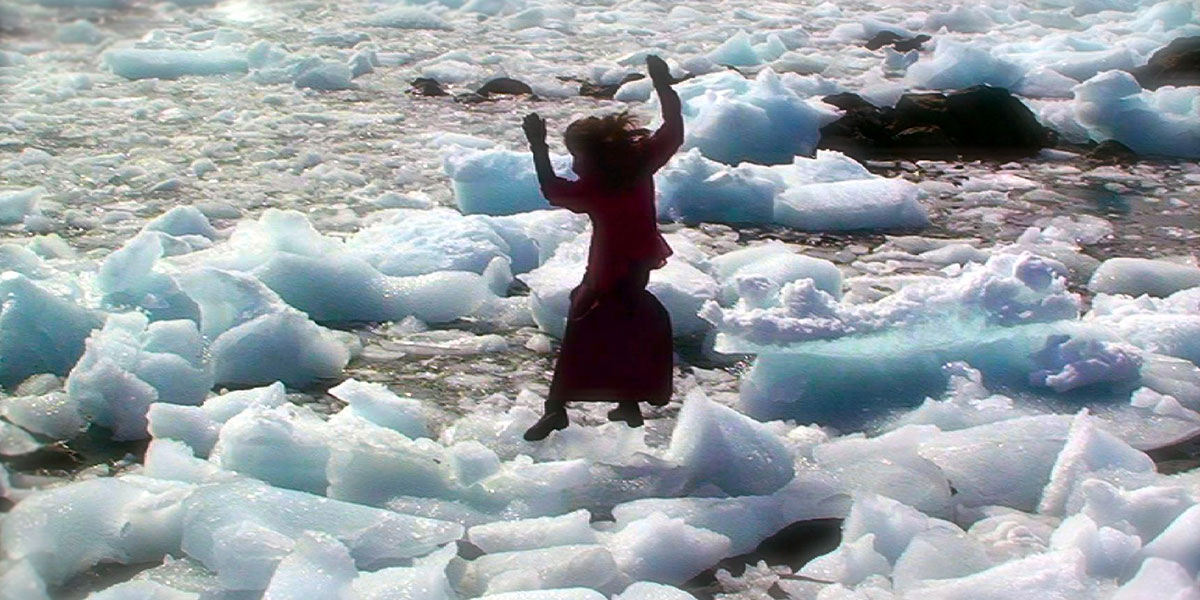
CLIMATE EMERGENCY
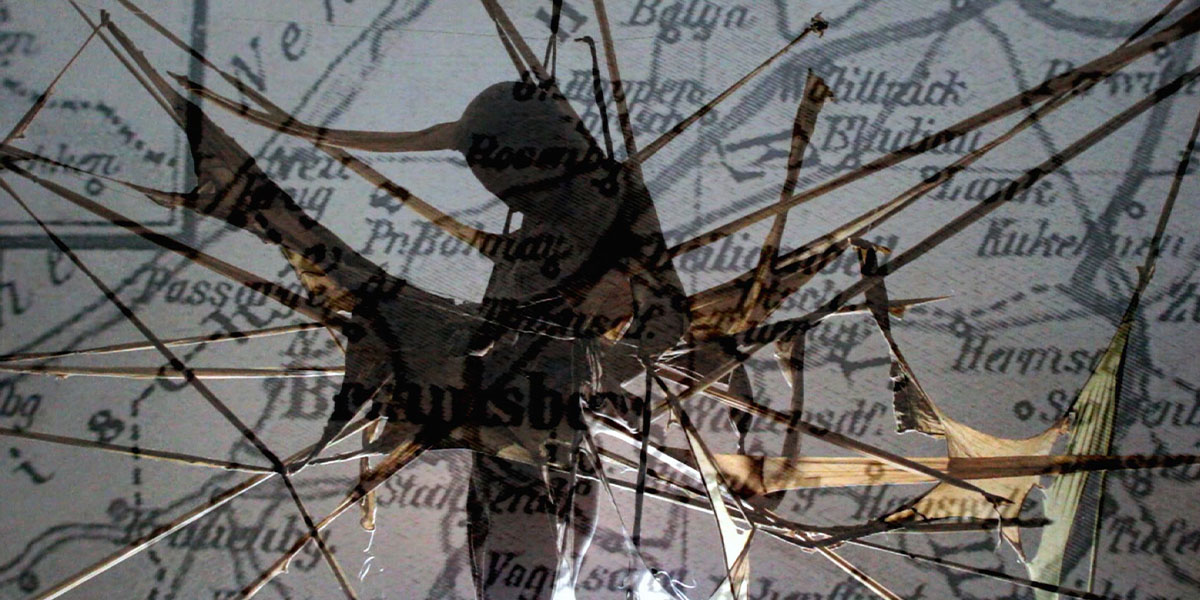
MIGRATION
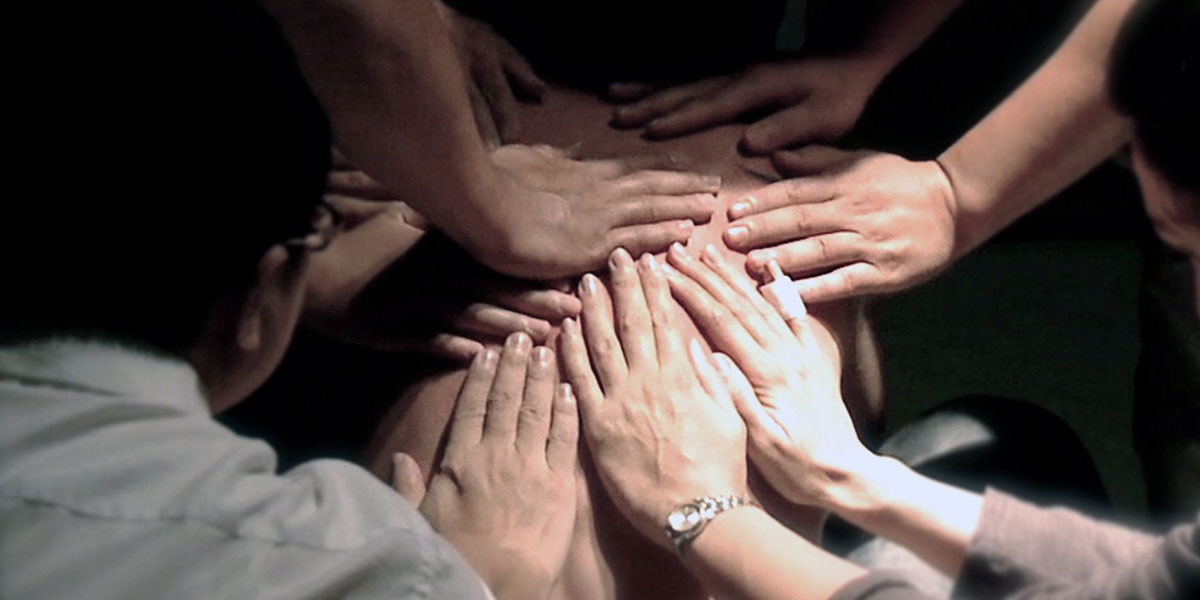
SOCIAL JUSTICE
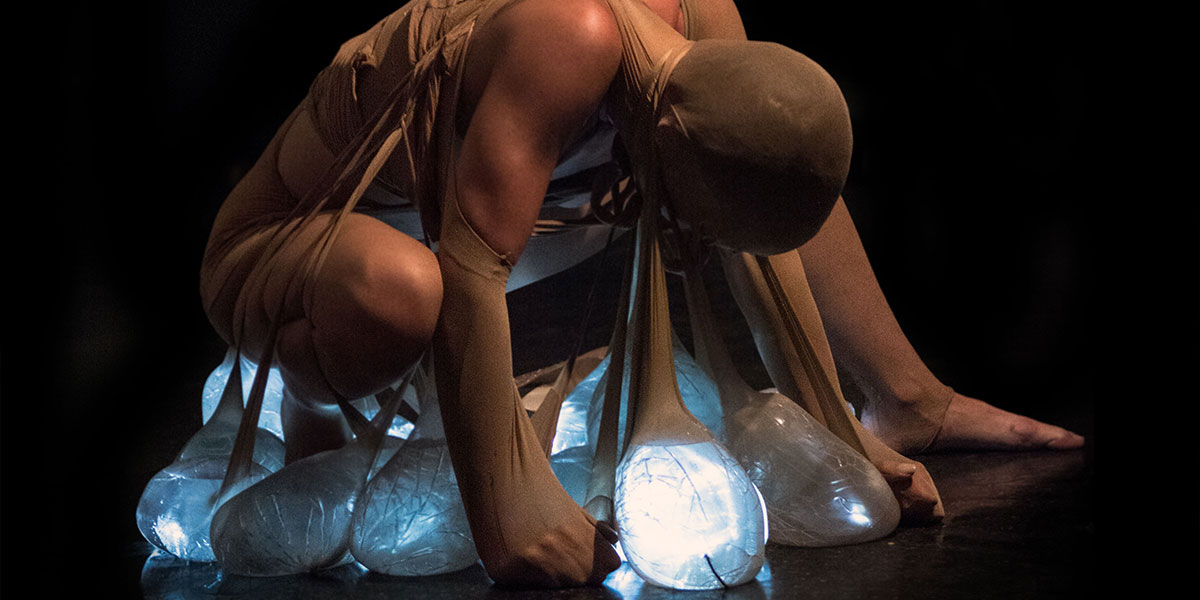
BODY TECHNOLOGY AND INNOVATION
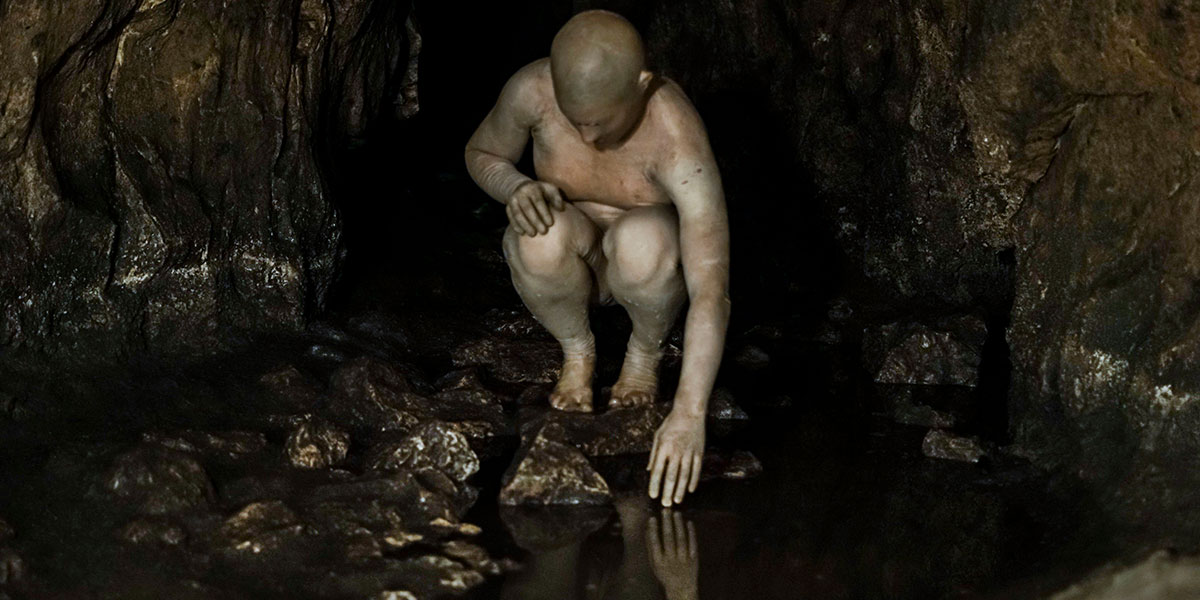
HUMAN RIGHTS
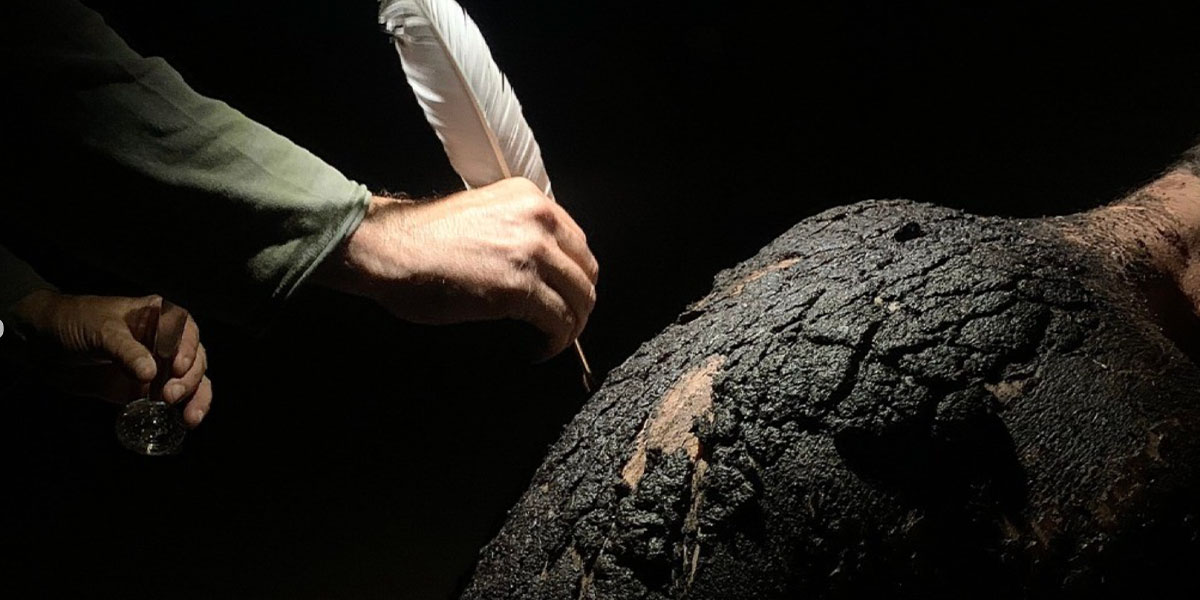
DECOLONISATION
Sustainable
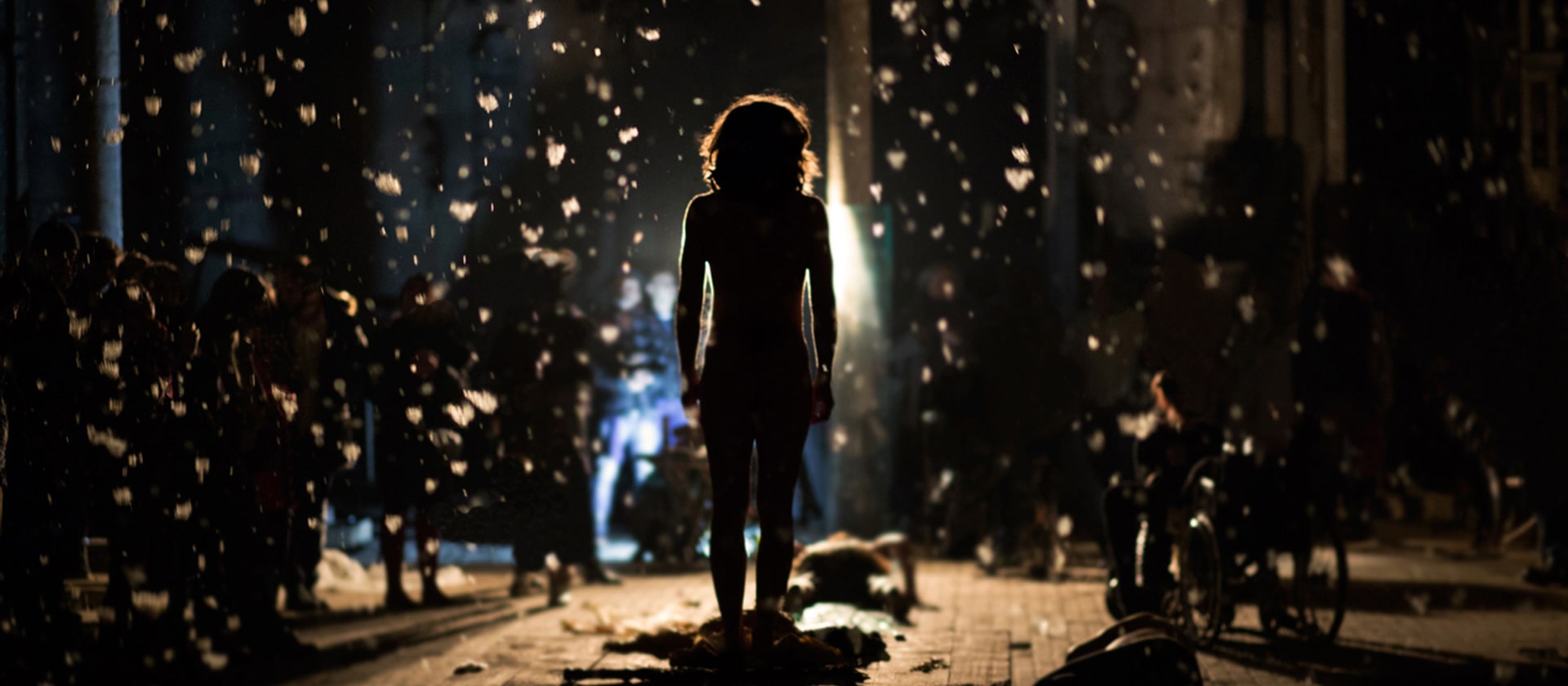
Make cities and human settlements inclusive, safe, resilient and sustainable

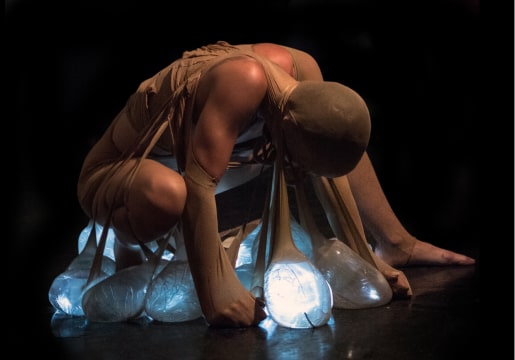
HIGHLIGHTS OF THE MONTH
Concept delves into the notion of notifications and social media becoming our sustenance, our daily food, and a captivating addiction that consumes our lives, shedding light on our modern habits and obsessions.
Performance challenges our reliance on technology and explores the impact on our senses. Breaking 12 plates symbolizes a year and time passed in our digital dependencies. Background notification soundscape reminds us of the constant stream of information we face daily, while the dripping water represents emotional complexity and the paradox of our insatiable thirst for connection. The performance prompts reflection on our relationship with technology, its effect on sensory experiences, and the content we consume. Through broken plates, notification noises, and dripping water, it calls for deeper, more meaningful connections and conscious consumption.
An original experiment in fusing different art forms to create a comprehensive offering that, while maintaining each ingredient’s unique flavours, leaves behind a nouveau aftertaste that will soothe the soul. –Pixelsgarage
A radical, contemporary fairy tale. A collective performance-based film about the concept of home produced and co-created across Europe, the U.S. and Canada during the Covid-19 pandemic lockdown in April and May 2020. In the rooms of an imaginary dwelling, we encounter twenty-two artists in performance action, rituals and poetic sharing about their isolated notions of home: a place-non-place, where the invisible is made visible and vice versa. Without inside or outside, we recognise the rooms because they originate from the depths of our hearts. There, encounters continue to be possible despite distance, quarantine and insulation. What does “home” mean when forced inside, with insecurity, unpredictability, disease and death being the denominators of the moment? What can body-based artists speak about then, and to whom? Physically distant, how can a collective co-creative spirit be kept up?
It has been 112 years since one single building in Tbilisi has stood as a silent witness to the passage of time, hosting countless generations, families, and lives. Facing all wars, national catastrophes, economical disasters and other troubles throughout all of its life, now it is the time for it to bid farewell to the 19 families who have called it home, as it prepares to be consigned to history forever.
After the temporary relocation the residents of the building will return to the same pin on the map but to a newly built apartment block.
The movie is made by Sabrina Bellenzier and Giorgi Rodionov, who explore the migration of memories from home to home at the same location, where the new inhabitants become the ghosts of the ruins the new home was built on.
This project was developed in collaboration with Untitled Tbilisi, an art organisation that has been an integral part of the house for years, further emphasising the connection between the building and the creative work surrounding it. The film appears to be a reflection on the passage of time, the continuity of memory, and the transformation of physical spaces.
